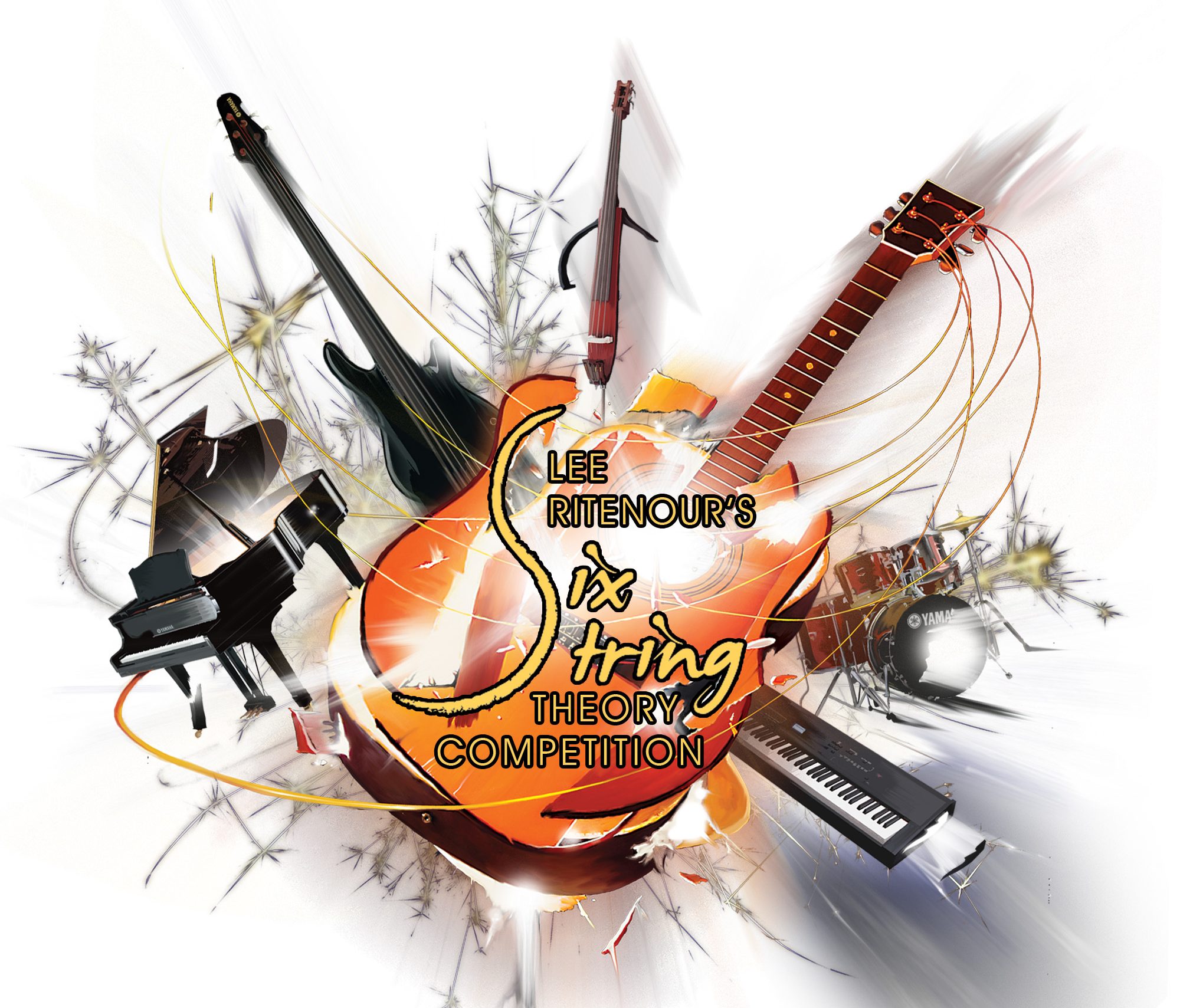

The classical field theory corresponding to a QFT doesn't know anything about particles. In quantum field theory, particles only appear in the theory once it is quantized. They are not excitations of something, they are the fundamental objects from which standard string theory starts building its model. Boublil rose to the occasion and proved that he deserves to be included alongside the other, more established guitarists on the record.Strings are not quanta.

2 and 7 ,” these pieces showcase the young artists’ skilled musicianship and attention to every detail. Choosing to play Luigi Legnani’s “ Caprices, Op. After receiving almost five hundred video submissions, the field was narrowed to seventeen finalists who performed live in Los Angeles.Īfter wowing the panel with his advanced technique and incredible tone, Montreal classical guitarist Shon Boublil was awarded the top prize. In order to feature a young, fresh player who has yet to break onto the international scene, Ritenour teamed up with Yamaha to launch the 6 String Theory Guitar Competition. If you haven’t yet heard of this talented Aussie do yourself a favor and visit his website, definitely a rising name in the guitar world to keep an eye, and both ears, on. During that short amount of time, Robinson showcases his solid groove, inventive musicianship and incredible technique. He tears through the tune, which clocks in at just under two minutes. While each guitarist easily proves whey they should be included in a guitar compilation like this, Joe Robinson’s performance of “ Daddy Longlicks ” is of particular note. These three players, Andy McKee, Guthrie Govan and Joe Robinson shine on each of the four songs they appear on. Under the second category of player, up and comers or “YouTube babies” as Ritenour refers to them, are three players who have all taken the web by storm, but are at the stage in their careers where they’ve gotten a foot in the door but haven’t solidified their names in history as a Slash or Benson has. Lee Ritenour, Steve Lukather and Andy McKee in the Studio King, Johnny Lang, Robert Cray and Keb Mo, jazzers Mike Stern, John Scofield and George Benson, rock stars such as Slash, Steve Lukather and Neal Schon and country star Vince Gill, who is an often underrated chicken picker. With a rolodex, or I guess it’s an iPhone address book these days, that would make any guitarist drool, Ritenour called in some of the best and biggest names in the business to join him on the recording. The first two groups of players seemingly took care of themselves.

When it came time to choose which guitarists he would feature on the album, Ritenour broke things down into three categories, established artists, up and comers and a totally new artist. This simple title, “6 String Theory,” has ended up inspiring one of the best guitar records in recent memory.Ĭheck Out GI’s Interview with Lee Ritenour
6 strings theory how to#
When thinking about how to bring this project together, Ritenour came up with the six genres, “strings,” that he wanted to include, jazz, rock, blues, acoustic, country and classical. What’s interesting about the project is that the title came first, then the players, then the recording. This album is a tribute to the guitar, an instrument that has touched Ritenour’s life for fifty years and has provided him an enviable career in the music industry. This record is in a class all its own, and one couldn’t nail it down to one style, genre or category even if they tried, which is a direct reflection of Ritenour’s intent behind the project.

I had to smile, just a little, when after inputting Lee Ritenour’s 2010 album 6 String Theory into iTunes, it came up listed as genre “unclassifiable.” I couldn’t have put it better myself, thanks Steve Jobs.


 0 kommentar(er)
0 kommentar(er)
